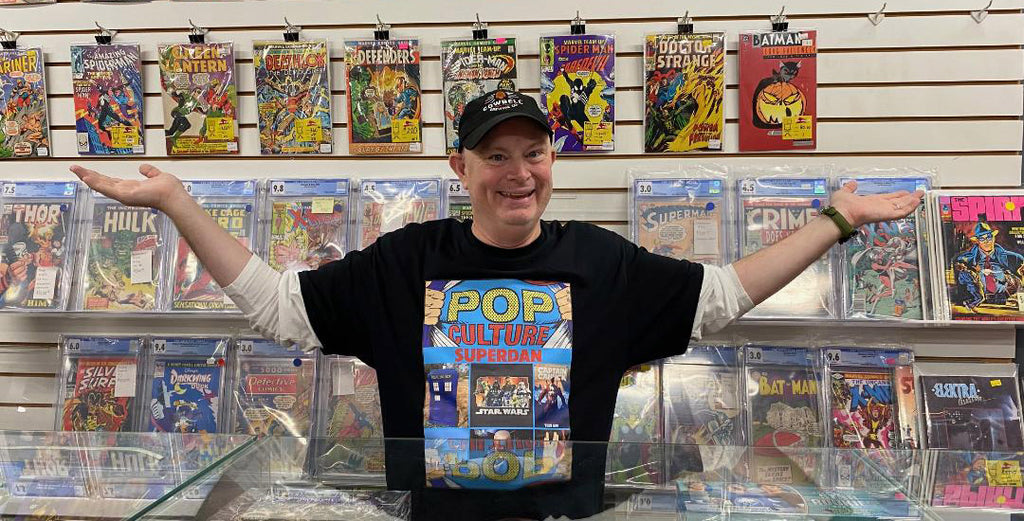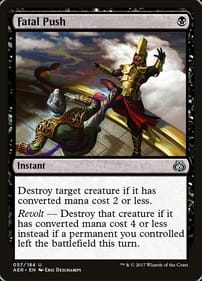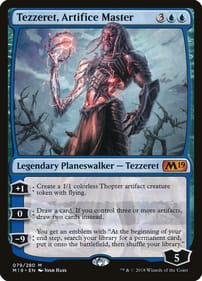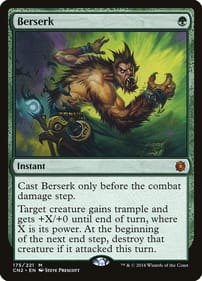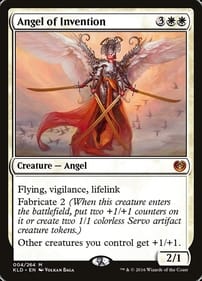Take A Graphic Trip Across Canada
By Dan Brown In honour of our national holiday, and as a way to protest the tariffs from our southern neighbours, many Canadians are travelling in their own backyard this summer. But what if you aren’t in a position to make the trek? Then take a trip across Canada – in graphic-novel form. That’s right, you can go from coast to coast to coast by reading the work produced by our dominion’s many talented comic creators. So here are suggestions for how to acquaint yourself with the regions of this great nation by looking through the comics set in those places. The East Coast: No trip to the Maritimes would be complete without a shipwreck, so let’s start our journey with Call Me Bill by London graphic novelist Lynette Richards. It’s a mystery, it’s an adventure story, it’s a reclaiming of an LGBTQ figure from the past – and it all begins with a maritime disaster off Nova Scotia, where Beal Art grad Richards lives in Terence Bay. I also recommend D.Boyd’s Denniveniquity and Chicken Rising, which cover Boyd’s formative years in Saint John, which is the city in New Brunswick – the one in Newfoundland and Labrador is St. John’s. Got it? La Belle Province: My first suggestion is Michel Rabagliati’s Paul Up North, part of which takes place during a snowstorm in Laurentian cottage country. And of course, the title character didn’t wear his winter jacket: There is no more Canadian predicament than that! As for the Montreal portion of our cross-Canada tour, I’m proposing Are You Willing to Die For the Cause?, which recounts the early years of the FLQ’s reign of error (the would-be liberators targeted Canada Post mailboxes with their homemade bombs). It was drawn and written by publishing house Drawn & Quarterly founder Chris Oliveros. Ontario outside Toronto: First stop, Jeff Lemire’s Essex County, which lovingly recreates the evocative landscape and taciturn people of Southwestern Ontario. Also recommended is Walter Scott’s Wendy, Master of Art, which is set in Hell, a small Ontario city that has an awful lot in common with Guelph. Toronto: Yes, I agree with you, there are way too many graphic novels set in Canada’s largest city. So instead of inundating you with a long list of options, I urge you to hunt down Matthew Blackett’s Wide Collar Crimes, a collection of comic strips that were published in Eye Weekly in the early 2000s. No other comic evokes the absurdities of life in Toronto like Blackett’s work does. The Prairies: So there’s Shelterbelts, set in a rural Mennonite community in Manitoba, as well as Chester Brown’s Louis Riel, which likewise attempts to capture the vastness of the landscape. I know this might be a stretch, but for Saskatchewan I recommend any Superboy adventure pencilled by artist Tom Grummet in the 1990s – in an interview at that time, he told me the wheat fields he drew near Smallville were patterned after the farms outside the window of his Saskatchewan home. Alberta: Since the tar sands are so important to Canada’s economy, you will want to check out Ducks, Kate Beaton’s account of her two years working in Northern Alberta’s oil patch. This story is not for the faint of heart, so definitely not suitable for young readers. British Columbia: Worth hunting down is the New Yorker’s cartoon edition from Dec. 28, 2020. That issue features the short graphic story Junban from Jillian Tamaki, and is adapted from her grandfather’s notes. The six-page reminiscence covers the same themes as George Takei’s They Called Us Enemy, and achingly calls to mind the Fraser River of the past. The North: Finally, we come to the land of the ice and snow! You may have an easier time getting a hold of Scott Chantler’s Northwest Passage – set in Rupert’s Land – than the anthology of Nelvana of the Northern Lights stories put out by Hope Richardson and Rachel Richey in 2014, but it’s worth it. Taken together, these two selections offer bookends of Canadian comic-book culture, starting in the Second World War with the Canadian whites and moving up to the current day with talents such as Chantler. Yes, this list is incomplete! That’s by necessity. That’s also why I’m looking for suggestions from readers like you in the comment box below. What books would you add to the list? Let’s hear them, as well as a brief description of the parts of this country they represent. And happy Canada Day! Dan Brown has covered pop culture for more than 32 years as a journalist and also moderates L.A. Mood’s monthly graphic-novel group.
Are New Stamps a Sign We’ve Reached Peak Graphic Novel?
By Dan Brown It’s an honour few receive and fewer deserve. It’s not something young Canadians aspire to, but it’s arguably more prestigious than getting a spot on Canada’s Walk of Fame, having your name on the Stanley Cup, or joining the Order of Canada. It’s reserved for those special individuals who have had a deep impact on this dominion we call home. It’s the literal stamp of approval. And now the literary medium you and I love – graphic novels — has it. That’s right: Last month, Canada Post – the folks who deliver the mail – dedicated a series of postage stamps to Canada’s graphic novelists. Chosen for the honour were Chester Brown, Michel Rabagliati, Seth, and the Tamaki cousins, Jillian and Mariko (these creators also contributed the designs that were used). “All of (them) have made significant contributions to the genre and continue a long line of Canadian storytellers honoured by Canada Post,” the Crown Corporation said in a statement about the four adhesive tokens. Those names were selected for their influence on graphic novels as an art form. It became clear a long time ago the Great White North produces more than its share of brilliant graphic novelists. I would liken their dominance in the field to how Canadians are overrepresented in the world of comedy. “The five novelists honoured on the new stamps pushed the boundaries and elevated the form, leaving a mark on readers around the globe,” Canada Post added. I’m sure we could all find reasons to quibble with Canada Post’s selections. I realize it’s still early days, but doesn’t Kate Beaton merit a stamp? And I gotta stand up for Southwestern Ontario’s own Jeff Lemire. He should get one as well.Other possibilities include Guy Delisle, Joe Ollmann, Bryan Lee O’Malley and Dave Sim. That’s off the top of my head. It’s possible other artists were asked to participate, and declined. Whatever happened, there are clearly enough influential homegrown graphic novelists for similar future stamps. It’s true there have been previous Canada Post issues dedicated to comic characters – such as the superheroes Captain Canuck, Fleur dy Lys and Superman. This is the first time graphic novels have been singled out. “Graphic novels tell rich stories by interweaving words and drawings in comic-book-like panels” is how Canada Post makes the distinction. A far more interesting question to ask is, what does this say about society’s attitude toward comics and graphic novels? Surely despite their origins as cheap reading material for kids, they have now gained mainstream approval as an adult pastime? With its announcement, Canada Post is in essence saying graphic novels are as Canadian as beavers, the flag, hockey, and Donald Sutherland, all featured on past stamps. Could the medium get any more respectable? University courses are taught about graphic novels. Scholars write actual books about comics.. They are included in Canada Reads, and they have been source material for movies and TV shows for decades. My nightmare would be the stamps are a sign graphic novels have peaked. Could Canada Post’s gesture, which was meant as an honour, actually be the kiss of death? Naw. I ain’t worried. After all, rock-and-roll pioneer Elvis Presley had to wait a full 16 years after his death to be honoured by the United States Postal Service with a stamp. And when the USPS offered consumers a choice – did they want a handsome young Elvis on the stamp, or an older, sweaty Elvis in a jumpsuit? – more than a million Americans registered their votes in the pre-internet era early 1990s. Look what’s happened to Elvis since then. He hasn’t faded from the collective memory at all. In fact, there was a major motion picture just two years ago telling his story to an entirely new generation. No one is losing interest. Rather than being an indication graphic novels are on the wane, I choose to believe there are many more Canadian creators who will redefine the medium again and again in the days to come. Oh, and while we’re on this topic, Happy Canada Day! Dan Brown has covered pop culture for more than 31 years as a journalist and also moderates L.A. Mood’s monthly graphic-novel group.



